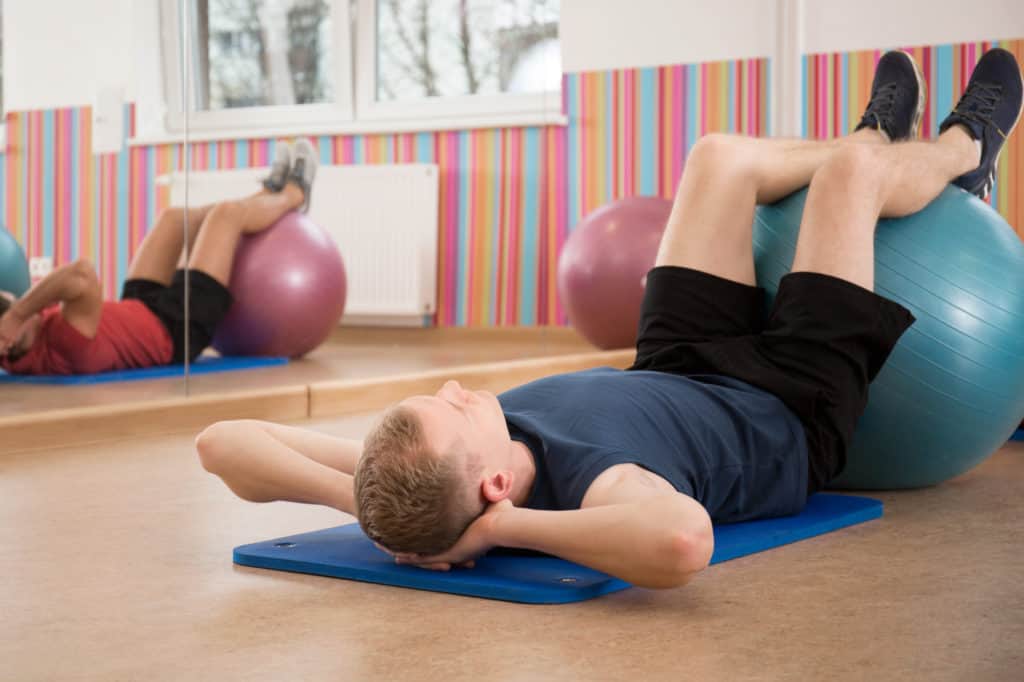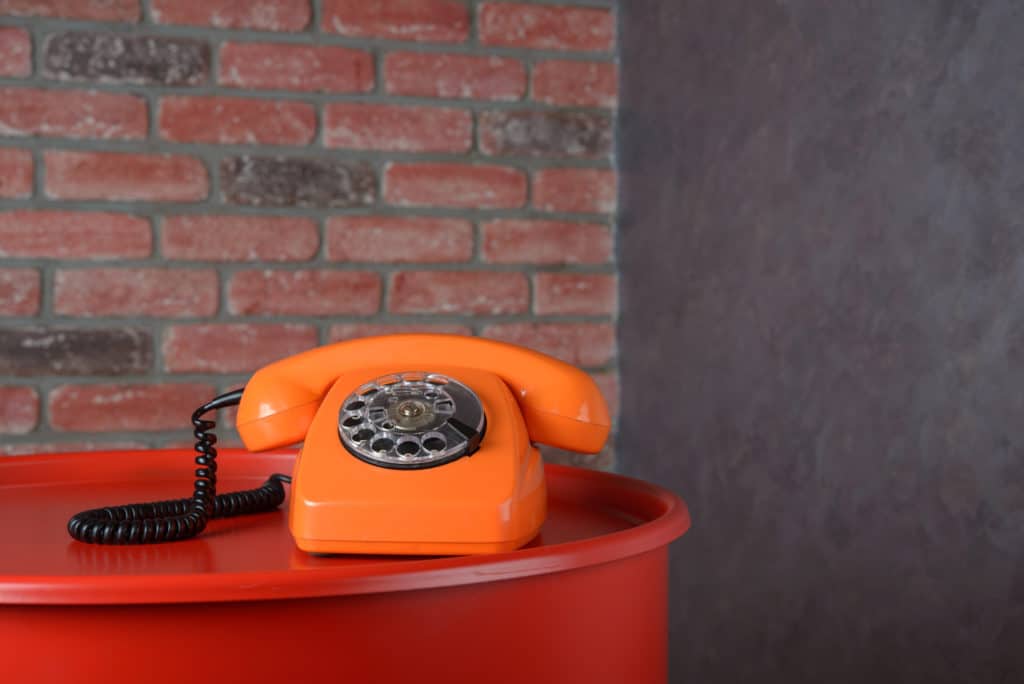
Are you confused about what to wear to physical therapy?
It might seem like a silly question. I mean, you certainly don’t need to dress up for a physical therapy appointment. It’s not a fancy-dress party, and you won’t be turned away from the door if you’re not wearing a specific “having physiotherapy” uniform. Nor does it warrant anything fancy like a tuxedo suit or cocktail dress. But having said that, it’s an important question.
It’s important for two reasons:
1. Most importantly, we want you to be as relaxed as possible, both for your comfort and to maximize the session results.
2) We need easy access to specific areas of your body to perform a thorough evaluation and manipulate, mobilize and massage your joints, muscles, and connective tissues.
But before we get down to what you should and shouldn’t wear. We wanted to put your mind at rest. If you’re reading this blog because you feel worried or self-conscious before your appointment, wondering what to wear – fearing that you’re going to have to strip right down to your underwear. Don’t worry. It’s not a medical exam; that won’t be necessary. It’s not a vacation or a spa day either, so you don’t need to dig out your swimwear for the appointment either.
In this blog, we provide you with recommendations on what to wear and what not to wear for physical therapy. We also explain the reasons for each recommendation. Hence, you get the best possible results from your treatment and confidently attend your appointment. Ready to get out of pain fast.
If you haven’t yet booked an appointment, you can do so here.
What Not to Wear For Physical Therapy

The most obvious thing you shouldn’t wear to a physical therapy appointment is restrictive, tight clothing – things that prevent you from moving around freely and easily. Jeans are usually a bad idea because the denim is rigid and restrictive. Tight skirts and dresses are a no-no too. Anything with a waistband makes it more difficult to move – like smart work pants or anything with zips or buttons.
It’s important not to wear anything that might impede blood flow around your body too – as it may interfere with the positive results of the treatment session.
In simple terms, can you bend over?
Twist, lunge, and stretch?
Can you lift your arms and legs?
If the answer to both these questions is yes, then you’re good to go. If not, try wearing something a little less constricting.
The other important thing to remember and a big “not to wear” for physical therapy is the wrong shoes. Forgo anything too shiny that might have smooth, polished undersides with no grip. The same goes for beach shoes and flipflops or slip-on loafers, or backless pumps. You may need to move around and perform various exercises during your appointment, so you need a good grip and shoes to support your feet and ankles correctly.
We also recommend that aside from wedding rings, patients remove all jewelry before their appointment, including earrings, necklaces, bracelets, and watches. We would hate to damage any of these items. But more importantly, they cause injury and prevent your therapist from accessing your joints and muscles effectively.
How To Dress For A Physical Therapy Session

So, on to the important stuff. What should you wear for physical therapy?
Well, it’s up to you, but there are some things to bear in mind for your comfort and to get the best results from your treatment session:
Clothes That Pass The Squat Test
The most important thing to remember when dressing for a physical therapy session is to wear something super-comfortable and non-restrictive. Think sweatpants and leisurewear. Whatever you would wear to work out is usually a good shout. You can test out your outfit’s suitability by performing lunges or squats and circling your arms above your head.
Layer Up
It’s a good idea to wear layers to your appointment. The session is likely to include exercise time where you may get hot. Combined with time spent sitting and talking to your therapist or with serious chill-time: having your joints iced! That’s why it’s best to arrive at your appointment with layers that you can take off and on. Depending on the issue that you’re attending the clinic for, we would suggest a vest or loose-fitting t-shirt with a sports jacket with zip.
Sneakers
The best choice of footwear for your physical therapy appointment is sneakers with socks. It doesn’t matter what kind of sneakers they are. They could be running sneakers, cross-training sneakers, whatever you work out in, or your everyday fashion sneakers. If they’re supportive and you wear them with socks, not bare feet, then you should be fine.
So, we’ve covered the basics of what to wear for physical therapy, which is just comfortable, casual clothing, or training wear, and we’ve given you some pointers on what not to wear. Now we need to get a bit more specific and give you recommendations that are dependent on the type of injury or issue you have:
Back Pain
In most cases, a baggy t-shirt should suffice for back injuries and low back pain. But in some instances, your physical therapist might need to look at your back in totality, which may mean that you need to remove your t-shirt. In this case, we recommend that women wear a sports bra or cropped training top.
Neck Pain
We’re able to evaluate your neck whatever you’re wearing. But we still recommend you wear comfortable, non-restrictive clothing and training shoes.
Shoulder Pain
When we’re evaluating shoulder injuries, impingements, and frozen shoulder, we need to be able to see and examine the whole shoulder joint. If you’re attending the clinic with shoulder pain, please wear a vest so your shoulder is visible and you have the full range of movement without limitation. You can put a sweatshirt or hoodie on over the top of the vest to stay warm if necessary.
Knee Pain
If you’re attending the clinic with knee pain, we recommend wearing loose-fitting shorts or wide-legged yoga pants that roll up easily. We need full access to a wide area surrounding your knee.
Foot & Ankle Pain
We can examine your feet and ankles easily, regardless of what you’re wearing. Just remember not to wear pants that are tight around the ankles. Plus, as we mentioned earlier, we still recommend you wear comfortable clothing that doesn’t restrict your ability to perform targeted exercises.
The only other thing we would ask you to consider is not to use body cream, oils, or lotion before attending your appointment. Unfortunately, moisturizing lotions can make it difficult for your physical therapist to grip your limbs or gain traction when working with your muscles.
How To Book A Physical Therapy Session

At Intecore Physical Therapy and our outpatient orthopedic and sports medicine rehabilitation centers, we help people stay active, fit, and free from painkillers. Even if you’ve had pain for years or other therapists have let you down in the past. As well as treating back, neck, knee, and foot & ankle pain, we also offer a full range of orthopedic, post-surgery rehab, and pediatric physical therapy, sports training, and strength and cardiovascular conditioning equipment.
If you’re in a lot of pain or have severe stiffness now and want some tips and advice on how to get out of pain now, we’re here to help. We offer several options to new patients to help you make the most of our services and find out whether we’re a good fit before committing to Physical Therapy treatment:
Talk to a PT on the phone first
Are you unsure about whether Physical Therapy is right for you? If so, talking to one of our Physical Therapists on the telephone is an excellent option for you. It’s a 20-minute, completely free call with an experienced therapist who can listen to your concerns and advise on the best way forward. At the end of the call, you’ll know what’s wrong and have our recommendations for how to treat it.
Book a Discovery Visit
Like the telephone consultation option, we also offer a 20-minute taster session, or Discovery Session, which takes place at the clinic. This free session allows you to view our facilities and meet and talk to your physical therapist face to face. Like the phone option, you’ll know what’s wrong at the end of the session, and it’s entirely up to you whether you want to go on to book a full consultation. There is no obligation to book treatment.
Inquire about costs and availability
If you’d like more information on the cost of treatment and the availability of our Physical Therapists, complete the form, and we’ll get back to you. Please provide us with as much information as possible to give you the most accurate estimate on the costs involved in treating your specific issue.
- How to Stop Leg Cramps: 7 Proven Ways to Get Quick Relief - July 1, 2025
- 6 Ways to Prevent Arthritis and Stay Pain-Free - June 2, 2025
- Is Cracking Your Back Harmful? What You Need to Know - May 6, 2025










